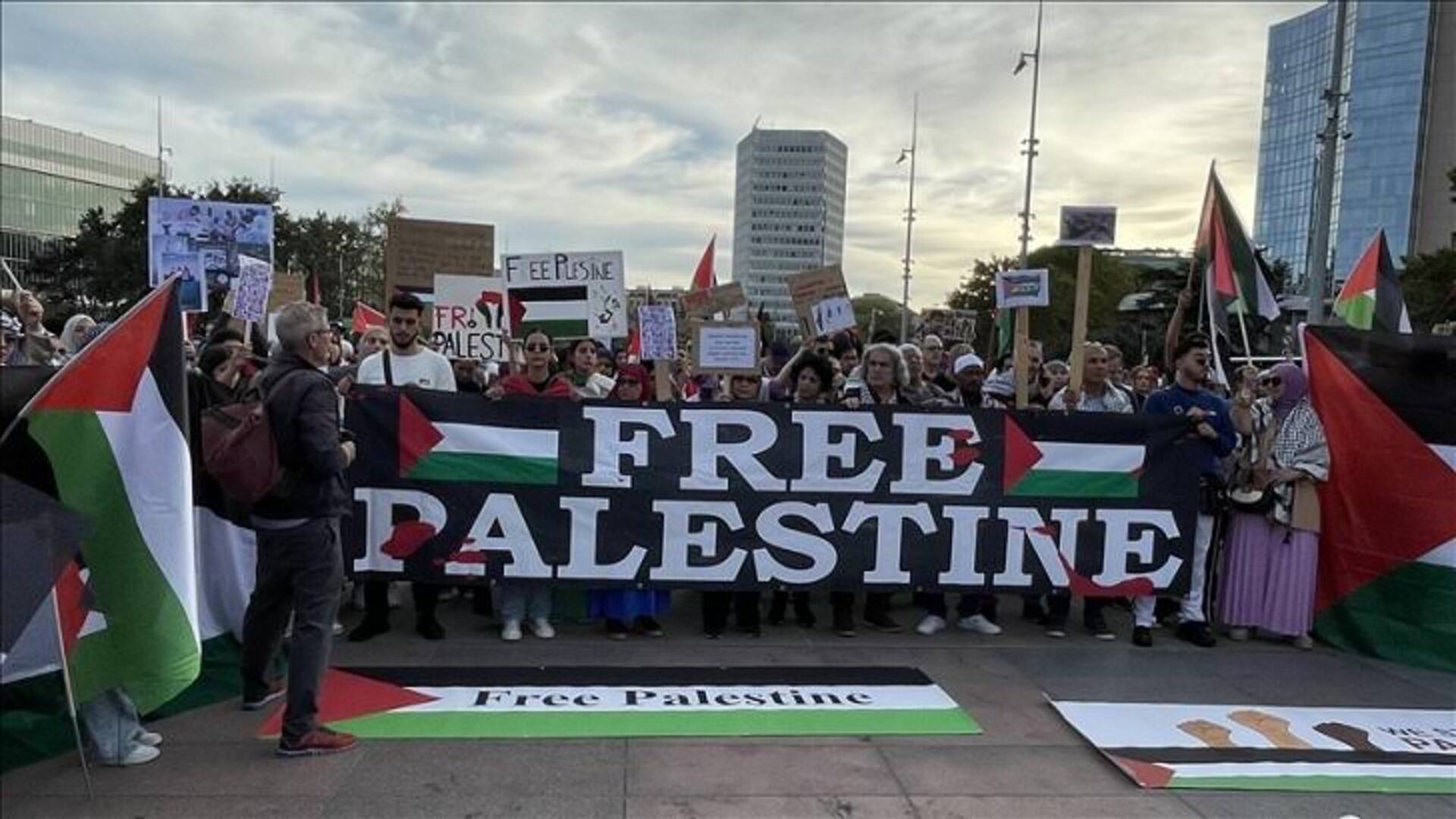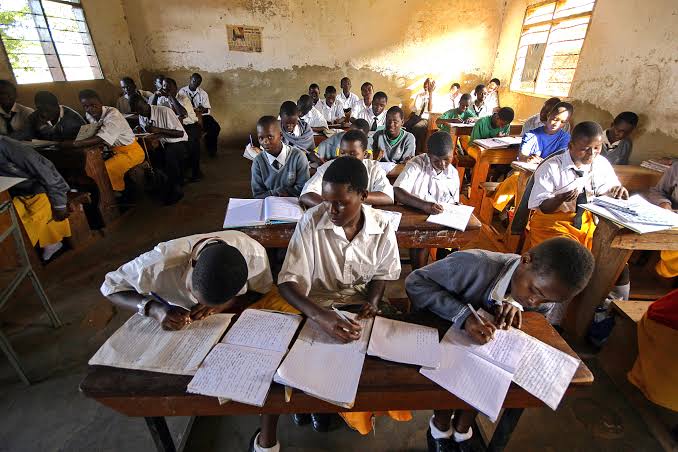
The arms trade is one of the world’s oldest and most complex industries, with profound and far-reaching social, political, economic and security implications. Arms trade is not limited to the supply of military equipment, it is an important tool in the balance of power in international relations, power projection and strategic defense. Arms dealers in both the legal and illegal markets employ different strategies to achieve their goals.
History of arms trade
From Antiquity to the Renaissance: First Weapons and Military Requirements
Arms trade has ancient roots. War and hunting were the main purposes of using weapons in ancient times. Primitive societies used swords, bows and other primitive weapons to defeat enemies. As war tactics and technology improved in the Middle Ages, the need for weapons increased and arms dealers and manufacturers began to play an important role. Demand for the arms trade increased during the Crusades and other religious wars, where kings, emperors, and other powerful groups procured weapons to augment their military might.
Transition to Modernity: The Industrial Revolution and the Development of Weapons
During the Industrial Revolution, the manufacturing process of weapons underwent massive changes. Innovations in machinery and factory-based production systems increased the quantity and quality of weapons. Arms dealers were able to supply weapons quickly and efficiently, and for the first time the arms trade became an important part of the global economy at an international level. During this period, World War I and II played a special role in the development of the arms industry.
During World War II, the arms trade experienced record growth, and the industry continued to grow after the war ended. After World War II, the discovery of new technologies such as nuclear weapons, radar, and missile technology expanded the horizons of the arms business.
The Cold War Era: Military Competition and the Expansion of the Arms Trade
During the Cold War, the military competition between the world’s two major powers, the United States and the Soviet Union, took the arms trade to new heights. Both sides strengthened military cooperation by supplying weapons to their allies. This competition has also spread to Third World countries, where arms supply has become a common strategy for power expansion. During the Cold War, the arms trade was used not only for economic gain, but also as a display of strategic and political power.
Legal and illegal arms trade
The Legitimate Arms Trade: Government Control and International Cooperation
The legal arms trade is largely controlled by governments and operated under international law. The export and import of arms requires permission from the governments of various countries, which is governed by the International Arms Trade Treaty (ATT) and other UN regulations. Legitimate arms dealers usually work with the military, police and other law enforcement agencies.
Legal arms trade seeks to protect military defense, regional security, and international stability. Among the major arms exporters, the United States, Russia, France, China and Germany are at the top. These countries contribute to global security through the development and supply of defense technology. However, the legitimate arms trade often increases regional arms races and tensions, increasing the likelihood of conflict.
Illicit Arms Trade: Fueling Conflict and Proliferating Crime
Illicit arms trade is conducted outside of international laws and regulations, typically taking place within terrorist groups, insurgent groups, and criminal gangs. Illicit arms trade increases the level of war and violence in conflict zones. Many countries in Africa, the Middle East, and Latin America are mired in long-term conflicts caused by the illegal arms trade.
The biggest drawback of the illegal arms trade is that it violates human rights. This trade has led to the use of young children as soldiers, the escalation of civil wars, and the proliferation of criminal activities. The illegal arms trade is often conducted through corrupt government officials, criminal gangs, and international mafia organizations. The availability of illegal weapons threatens social stability and the rule of law. The World’s Best Arms Dealer: Character, Tactics, and Influence Adnan Khashoggi Adnan Khashoggi was a one-time top arms dealer known for huge arms deals between the Middle East and the Western world. His business strategy was the use of political influence and power, which made him a leading figure in the world of international arms dealers. Khashoggi has at various times acted as a mediator in arms deals between the United States, Saudi Arabia, and other Middle Eastern countries. His lavish lifestyle, business acumen, and controversial actions brought him into the spotlight around the world. Wealthy Saudi Arabian businessman who was one of the world’s top arms dealers in the 1970s and 1980s. His business spanned across the Middle East, Europe and America. Adnan Khashoggi was involved in both legal and illegal arms trade, and had connections with high-ranking officials from various countries.
Viktor Bout
Viktor Bout, known as the “Death Merchant”, was a notorious Russian arms dealer involved in the illegal arms trade. Bout’s arms trade spanned various conflict zones in Africa, Asia, and the Middle East. Numerous civil wars and terrorist activities escalated through his business activities. Bout’s business network was so extensive that he was considered one of the most dangerous arms dealers in the world. Bout was arrested in 2008 and later sentenced to 25 years in prison.
This Russian arms dealer used to illegally supply weapons to conflict zones around the world. Bout’s organization supplied weapons to dozens of countries in the 1990s, in violation of UN sanctions. Bout’s work was so extensive that he has been called the “source of warfare in Africa”.
Bashir al-Khasawneh, a Jordanian arms dealer, has been supplying weapons to the Middle East for a long time. His work mainly focused on the conflict zones of Lebanon, Syria and Iraq.
Mansour al-Qassim is another influential arms dealer in Saudi Arabia, who supplied weapons to the Iran-Iraq war and the conflict in Afghanistan.
Other Notable Businessmen
Businessmen such as Bashir al-Khasauni and Mansour al-Qasim are involved in the illegal arms trade in the Middle East and other regions. They often supply arms to local insurgent and terrorist groups and incite local conflicts. Their business is often conducted outside of international oversight and they often conduct business through corruption and abuse of power. Regional Impact of the Arms Trade Arms traders do not stop at just selling arms; They also often determine the course of war. Their influence can sometimes affect the state as well. They are also accused of prolonging the war, escalating violence and violating human rights.
For example, Victor Bout was instrumental in prolonging civil wars in Africa, in which thousands of people were killed. Adnan Khashoggi influenced Middle Eastern politics through his arms trade and helped fuel the region’s arms race.
Action by the European Union
The European Union (EU) has enacted strict laws to control the arms trade. EU member states are required to obtain a special license for arms trade and without this license trade in arms is not possible. In addition, the European Parliament is working to stop the illegal arms trade and impose sanctions on the supply of weapons to conflict zones.
American initiative
The United States is one of the world’s major partners in the arms trade, and they have enacted strict laws to control their arms trade. The US government has enacted the International Arms Trade Control Act (ITAR) and the Arms Export Control Act (AECA) for arms exports.
In 1885, France decided to capitalize on this increasingly profitable trade and lifted the embargo on arms exports. The regulatory framework for the period leading up to World War I was characterized by a laissez-faire policy that placed little in the way of arms exports. Due to the carnage of World War I, arms dealers began to regard Odium as “merchants of death” and were accused of instigating and perpetuating war in order to maximize their profits from arms sales. An inquiry into these allegations in Britain failed to find evidence to support them. However, a sea change in attitudes about war usually meant that governments began to control and regulate their own trade. [citation needed]
During the 20th century, the arms trade increased greatly, and it began to be used as a political tool, especially during the Cold War when the United States and the USSR supplied arms to their proxies around the world, especially Third World countries.
Africa: Conflict Intensification
Illicit arms trade remains a major problem on the African continent. The demand for illegal weapons is particularly high due to civil wars and terrorism in countries such as Liberia, Sierra Leone, and Congo. The availability of illegal weapons in conflict zones increases the level of violence and human rights violations. The impact of the illegal arms trade in these regions is so severe that it has disrupted the local economy, education and health systems.
Arms trade is a complex and controversial issue worldwide. Arms traders, both legal and illegal, continue to influence world politics and conflicts through their activities. Stronger measures are needed to control the global arms trade, so that violence in conflict zones is reduced and peace is established. It will be difficult to solve this problem without concerted efforts and political will of the international community.

 Md. Ibrahim Hossain Bishal
Md. Ibrahim Hossain Bishal 






















